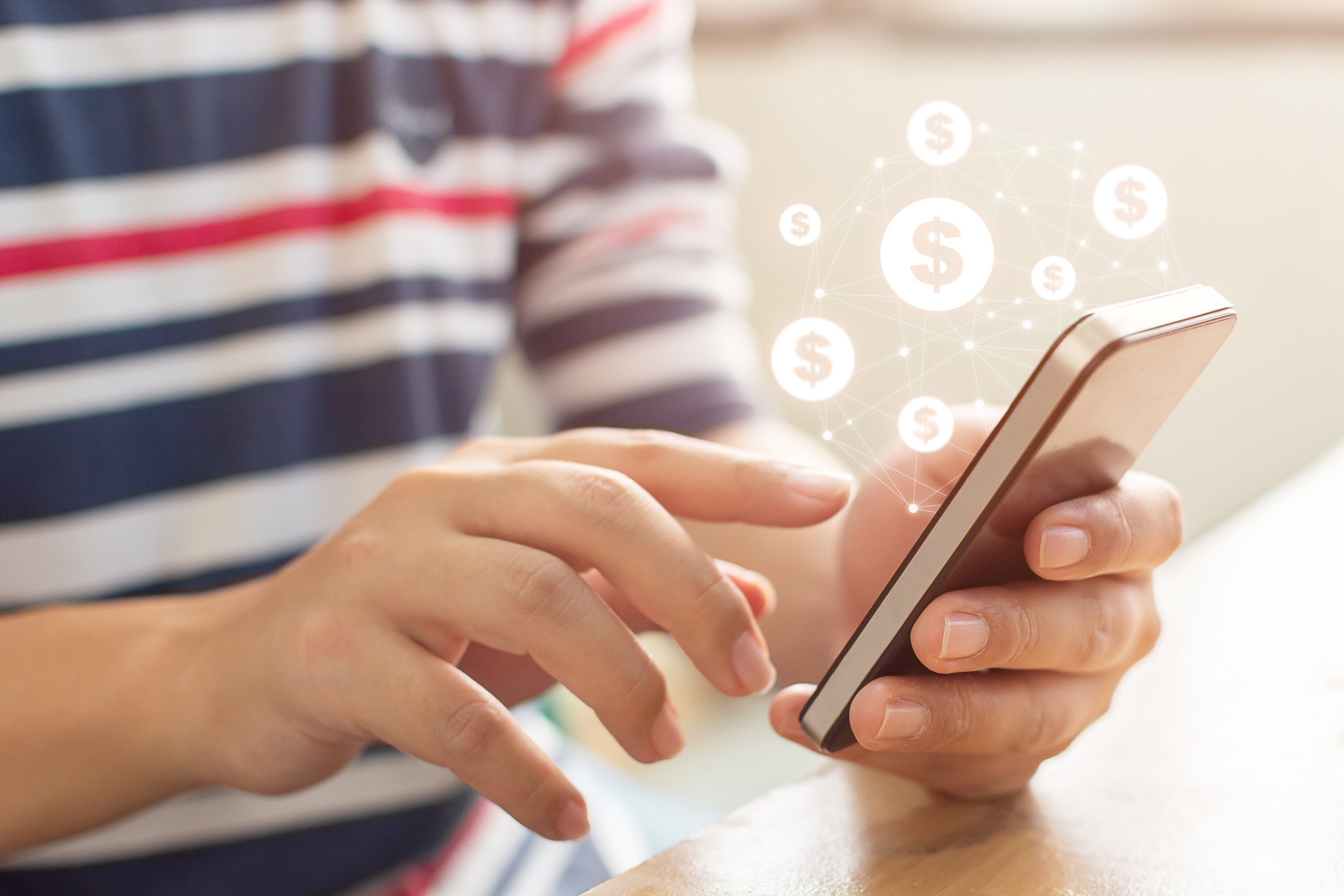Transform the Cost and Experience Dynamic Associated with Consumer Refund Payments
PYMNTS.com estimates that over 166 million Americans received a consumer refund in 2022, an increase of over 7% from the previous year. The expectation is that consumer repayments will continue to increase in the coming years.
Historically, companies that owe their customers monies associated with a credit balance on account issued the payment on a paper check. Years ago, organizations administering refund payments recognized the extraordinary costs associated with issuing a check, as well as the poor user experience linked to the antiquated form-factor.
As newer payment options became available, businesses began a deliberate migration to a modern payment device that offered demonstrable benefits for both the payer and the payee. The initial solution that decision makers deployed involved a plastic, branded prepaid card outfitted with uniquely designed characteristics. Almost immediately, program sponsors realized tangible results. They were able to neutralize the cost of processing refund payments, while also offering the payee secure and immediate access to their monies.
The Evolution of Consumer Refund Payments
Recently, organizations involved in consumer reimbursements made the decision to abandon plastic prepaid cards in favor of a pure digital offering.
The safe and dynamic digital payment tool is designed with custom logos as well as precise messaging, and then emailed or texted to a recipient. After an authentication step, the branded card is quickly provisioned to a smartphone wallet (like Google or Apple Wallet), allowing payees immediate access and utilize issued funds. Subsequent transactions are then able to be executed online or at a merchant terminal.
Additionally, within the user experience, payees can seamlessly utilize other popular payout modalities to move part or all their funds to an alternative financial instrument of their choice, like Venmo, PayPal, push-to-card, or ACH . Finally, if the payment is not immediately activated by the payee, another email or text message with the encrypted link is automatically sent to the customer. If the second attempt fails, a plastic prepaid card package is mailed to the physical address on file.
The migration to this digital experience has further reduced the cost of making customer refund payments while also adhering to the diverse preferences of today’s contemporary consumer. By adopting the latest in consumer payouts innovations, forward-thinking businesses are improving their bottom-line results, while also ensuring that their clients’ payment needs are addressed appropriately.
Discover how to fundamentally change the cost dynamics associated with your consumer refunds.



